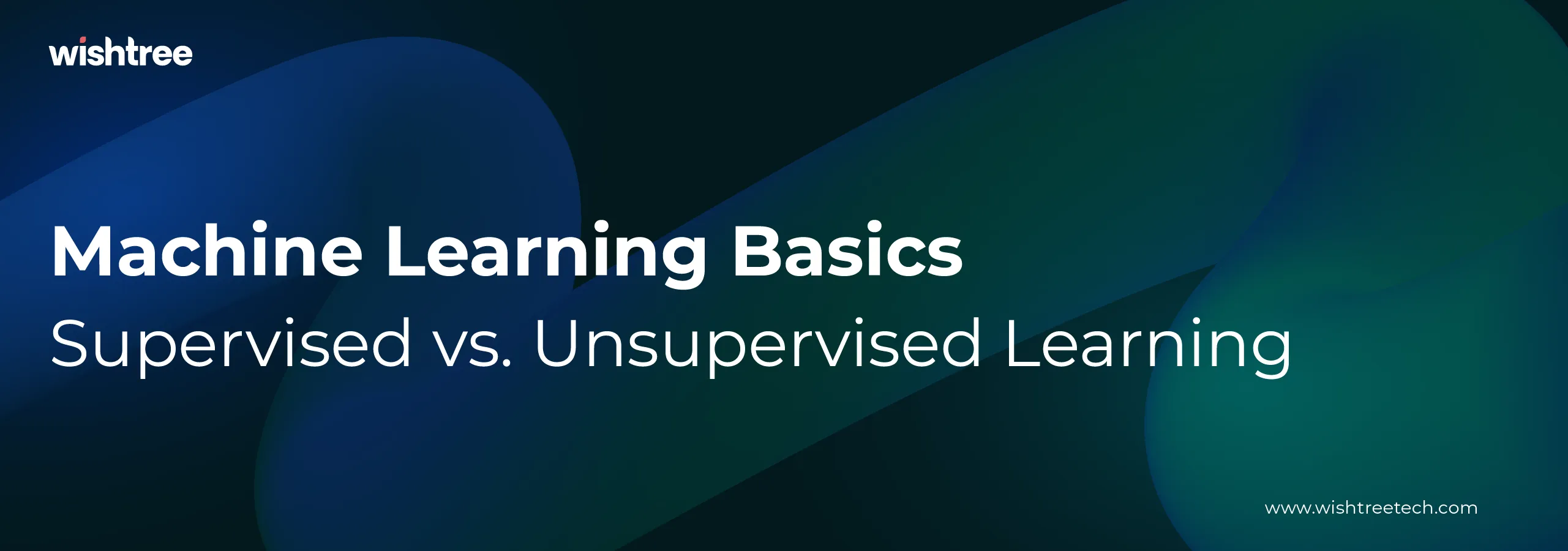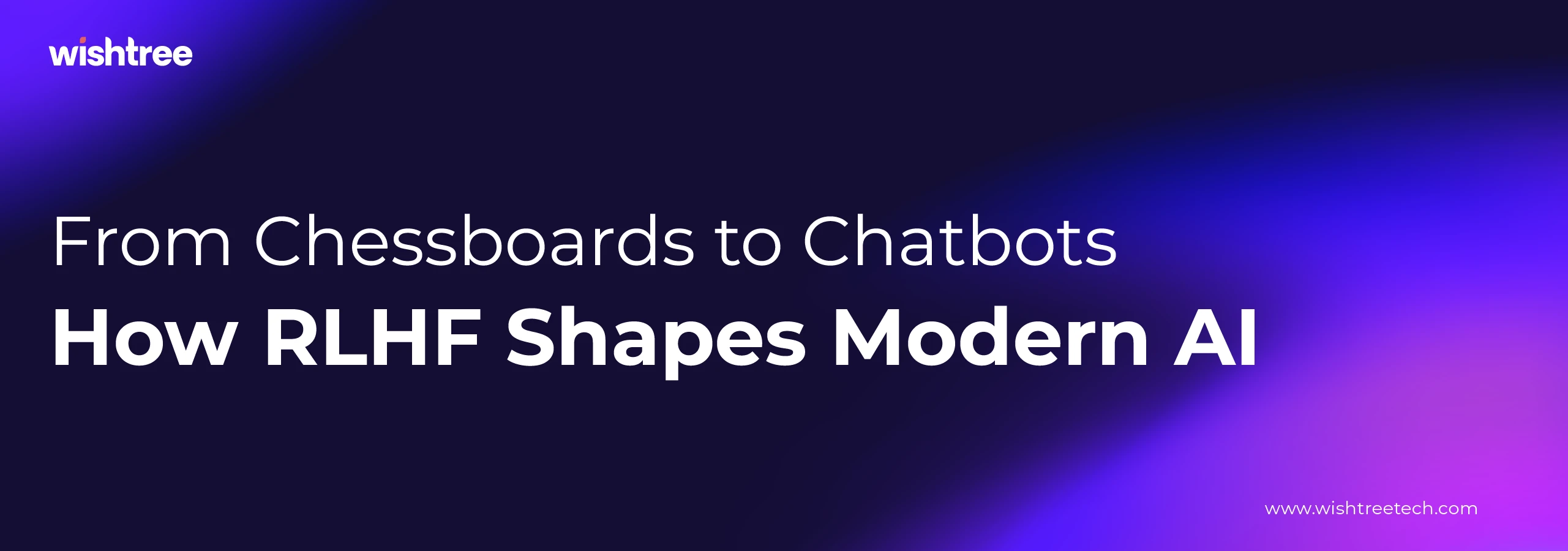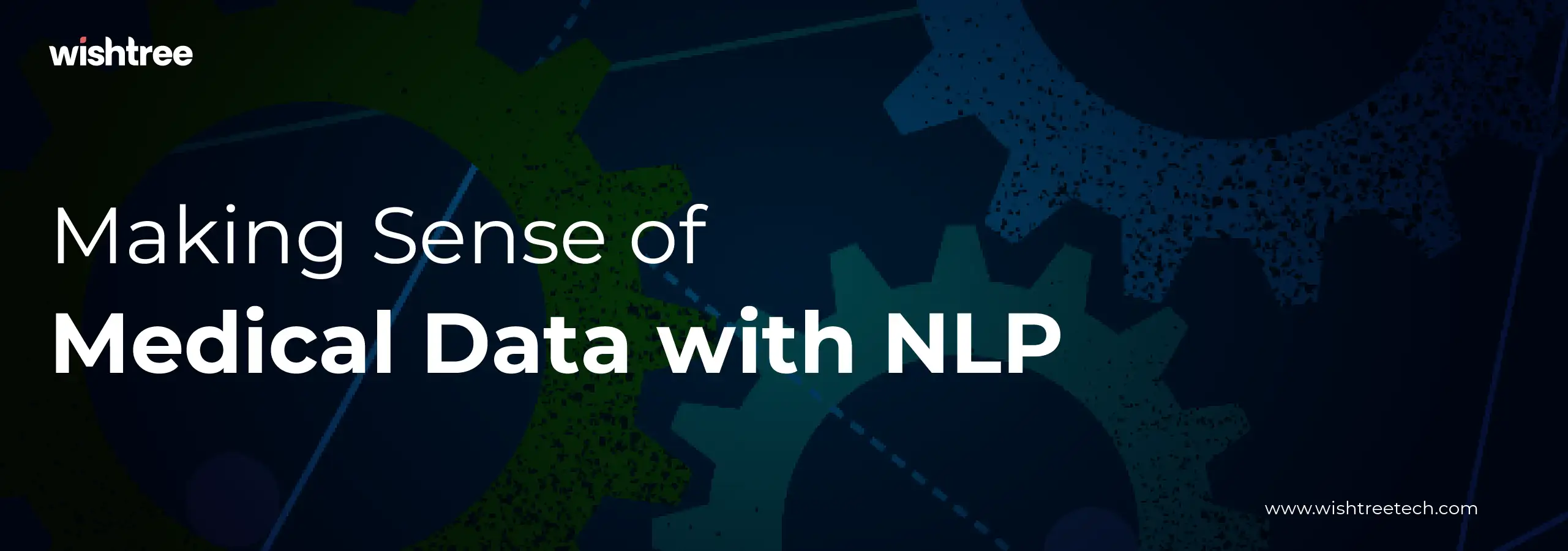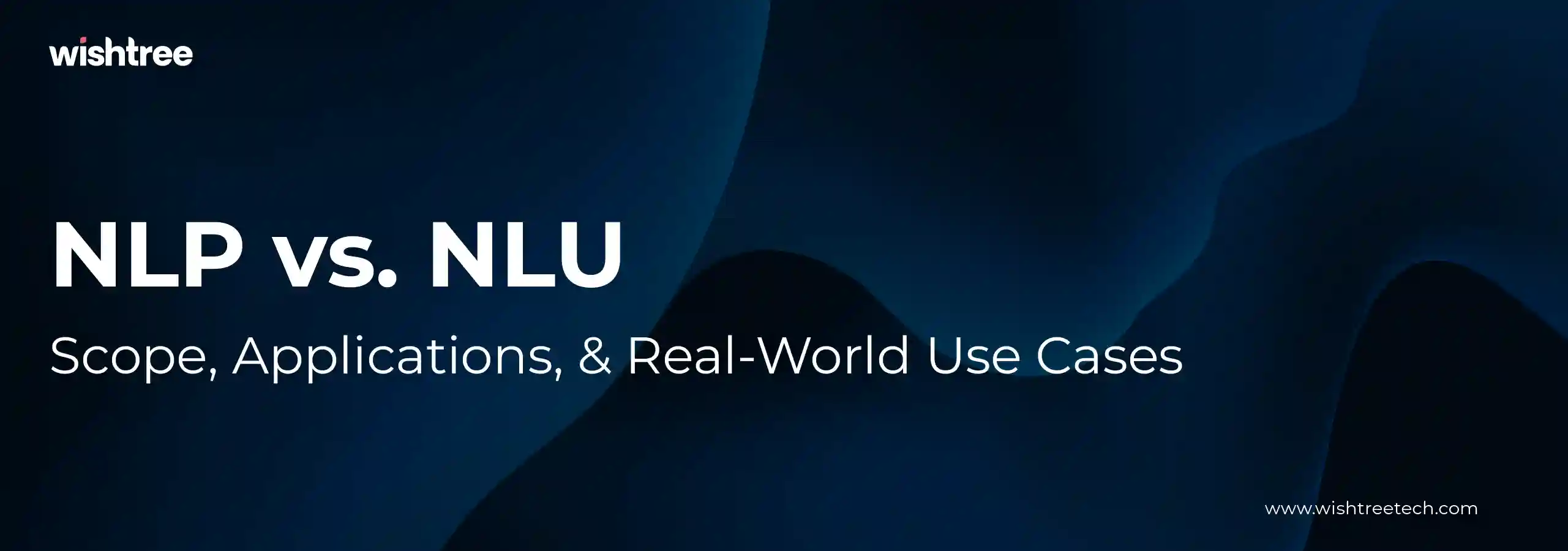Table of Contents
When entering the realm of machine learning, understanding the distinction between supervised and unsupervised learning is fundamental. These two approaches represent distinct methodologies, each with its own strengths and limitations.
In this blog, we will delve into the intricacies of both supervised and unsupervised learning. We will explore their key characteristics, advantages, disadvantages, and real-world applications.
After you finish reading, you will be able to make informed decisions when applying machine learning to your own challenges. So let’s go!
Supervised vs. Unsupervised Learning: A Deep Dive
The Supervised Learning
A Supervised learning is like a student directly learning from a teacher. The teacher provides examples (input data) along with the correct answers (labels). The student (machine learning model) learns to associate inputs with outputs, and can then make predictions on new, unseen data.
Key Characteristics
- Requires labeled data.
- Model learns a mapping function from input to output.
- Common tasks include classification (e.g., spam vs. ham emails) and regression (e.g., predicting house prices).
The Unsupervised Learning
Then, unsupervised learning is like a student learning independently, without the help of a teacher. The student (model) finds patterns and structures within the data itself.
Key Characteristics
- Does not require labeled data.
- Model discovers underlying patterns or relationships.
- Common tasks include clustering (grouping similar data points), dimensionality reduction (simplifying complex data), and density estimation (finding areas of high data concentration).
Supervised vs. Unsupervised Learning: A Comparative Analysis
Supervised Learning | |
|---|---|
Advantages | Disadvantages |
Precision and Tailoring: Produces highly accurate results for specific tasks, making it ideal for classification and regression problems. | Data Dependency: Requires large amounts of labeled data, which can be time-consuming and expensive to prepare. |
Clear Evaluation: Offers clear performance metrics like accuracy, precision, and recall for easy model evaluation. | Human Bias: The labeling process can introduce human bias, potentially affecting model performance. |
Labeled Data: Works effectively with labeled datasets, providing direct comparisons between predicted and actual outcomes. | Limited Generalization: May struggle with unfamiliar or novel situations, leading to overfitting. |
Unsupervised Learning | |
|---|---|
Advantages | Disadvantages |
Pattern Discovery: Discovers hidden patterns and structures in data without the need for labeled training data. | Evaluation Challenges: Lacks clear evaluation metrics, making it difficult to assess model performance objectively. |
Reduced Bias: Reduces human bias in data interpretation, providing a more objective perspective. | Interpretation Difficulties: Results can be difficult to interpret, often requiring human expertise. |
High-Dimensional Data: Handles high-dimensional data effectively, making it suitable for complex datasets. | Irrelevant Patterns: May discover irrelevant patterns in noisy data, leading to misleading insights. |
Real-time Adaptation: Adapts to new, unknown patterns in real-time, making it useful for dynamic environments. | Feature Selection: Requires careful feature selection to avoid misleading outcomes. |
Supervised vs. Unsupervised Learning – Discriminating Factors Explained
Learning Approach and Feedback Loop
Supervised Learning
- Iterative Learning: Continuously refines predictions based on feedback, improving accuracy over time.
- Labeled Data: Requires labeled training data to learn the relationship between inputs and outputs.
- Explicit Feedback: Incorporates direct feedback on predictions to adjust settings and minimize errors.
Unsupervised Learning
- Independent Learning: Learns from the data itself, without explicit guidance or feedback.
- Unlabeled Data: Operates on unlabeled data to discover underlying patterns and structures.
- Implicit Feedback: Relies on the inherent structure of the data for learning.
Complexity and Challenges
Supervised Learning
- Simpler Approach: Often easier to implement using tools like R or Python.
- Overfitting: Can overfit to training data, leading to poor performance on new data.
Unsupervised Learning
- Complex Training: More challenging to train due to the lack of predetermined output.
- Noise and Anomalies: May capture noise or anomalies, resulting in inaccurate patterns.
Types of Supervised and Unsupervised Learning
Learning
- Classification: Predicts discrete categories (e.g., spam vs. ham, cat vs. dog).
- Regression: Estimates continuous values (e.g., house prices, stock prices).
Unsupervised Learning
- Clustering: Groups similar data points (e.g., customer segmentation, anomaly detection).
- Dimensionality Reduction: Simplifies complex datasets by reducing the number of features (e.g., PCA, t-SNE).
Goals and Drawbacks
Supervised Learning
- Clear Goal: Has a well-defined goal of predicting specific outcomes.
- Data Requirement: Requires significant labeled data, which can be time-consuming to collect and prepare.
Unsupervised Learning
- Pattern Discovery: Aims to understand patterns and trends within unlabeled data.
- Accuracy Variation: Results may vary in accuracy, requiring human validation.
Real-World Use Cases
Supervised Learning | Unsupervised Learning |
Bioinformatics: Fingerprint recognition, iris recognition, medical image analysis. | Organizing Computing Clusters: Grouping servers based on location and workload. |
Object Recognition: Identifying objects in images or videos. | Social Network Analysis: Analyzing relationships between users in social networks. |
Spam Detection: Classifying emails as spam or not. | Astronomical Data Analysis: Discovering patterns in astronomical data. |
Customer Sentiment Analysis: Analyzing customer feedback to understand their emotions. | Image and Video Analysis: Automatically detecting objects in images and videos. |
Choosing Between Supervised and Unsupervised Learning: A Practical Guide
When to Use Supervised Learning
- Clear Problem and Outcomes: Have a well-defined problem and know the expected outcomes.
- Limited Labeled Data: Have a smaller amount of labeled data but a larger amount of unlabeled data.
- Prediction Tasks: Dealing with problems that involve predicting a specific output variable (e.g., classification, regression).
- Cost Reduction: Aim to reduce the cost of labeling data.
When to Use Unsupervised Learning
- Exploration and Discovery: Want to explore data and discover hidden patterns or clusters without specific labels.
- Data Reduction: Need to reduce the dimensionality of your data or extract relevant features.
- Data Interpretation: Have expertise in data interpretation and analysis.
- Pattern Discovery: Aim to uncover hidden patterns or structures within data.
Combining Supervised and Unsupervised Learning
Semi-Supervised Learning
- Effective Labeling: Beneficial when labeling a dataset is challenging.
- Accuracy Boost: Can significantly enhance accuracy and efficiency by combining supervised and unsupervised techniques.
- ChatGPT Example: ChatGPT is a prime example, using both supervised and unsupervised learning with human feedback (RLHF).
Choosing the Right Approach – What To Do
- Data Assessment: Evaluate the nature and characteristics of your input data.
- Objective Definition: Clearly define your specific goals and objectives.
- Algorithm Selection: Carefully consider the strengths and weaknesses of different algorithms.
- Development Partner: Choose a development partner with expertise in the chosen approach. Here you go!
Conclusion
The choice between supervised and unsupervised learning is not a one-size-fits-all decision. The optimal approach depends on the unique characteristics of your specific use case and the nature of your data.
At Wishtree Technologies, we specialize in helping you uplift your business with the magic of machine learning. Our team of experts can assist you in:
- Data Preparation and Cleaning: Ensuring your data is ready for analysis.
- Model Selection and Training: Choosing the right algorithms and fine-tuning them for your specific needs.
- Model Deployment and Monitoring: Integrating machine learning models into your applications and tracking their performance.
Contact us today to discuss your machine learning requirements and explore how we can help you achieve your objectives.a



